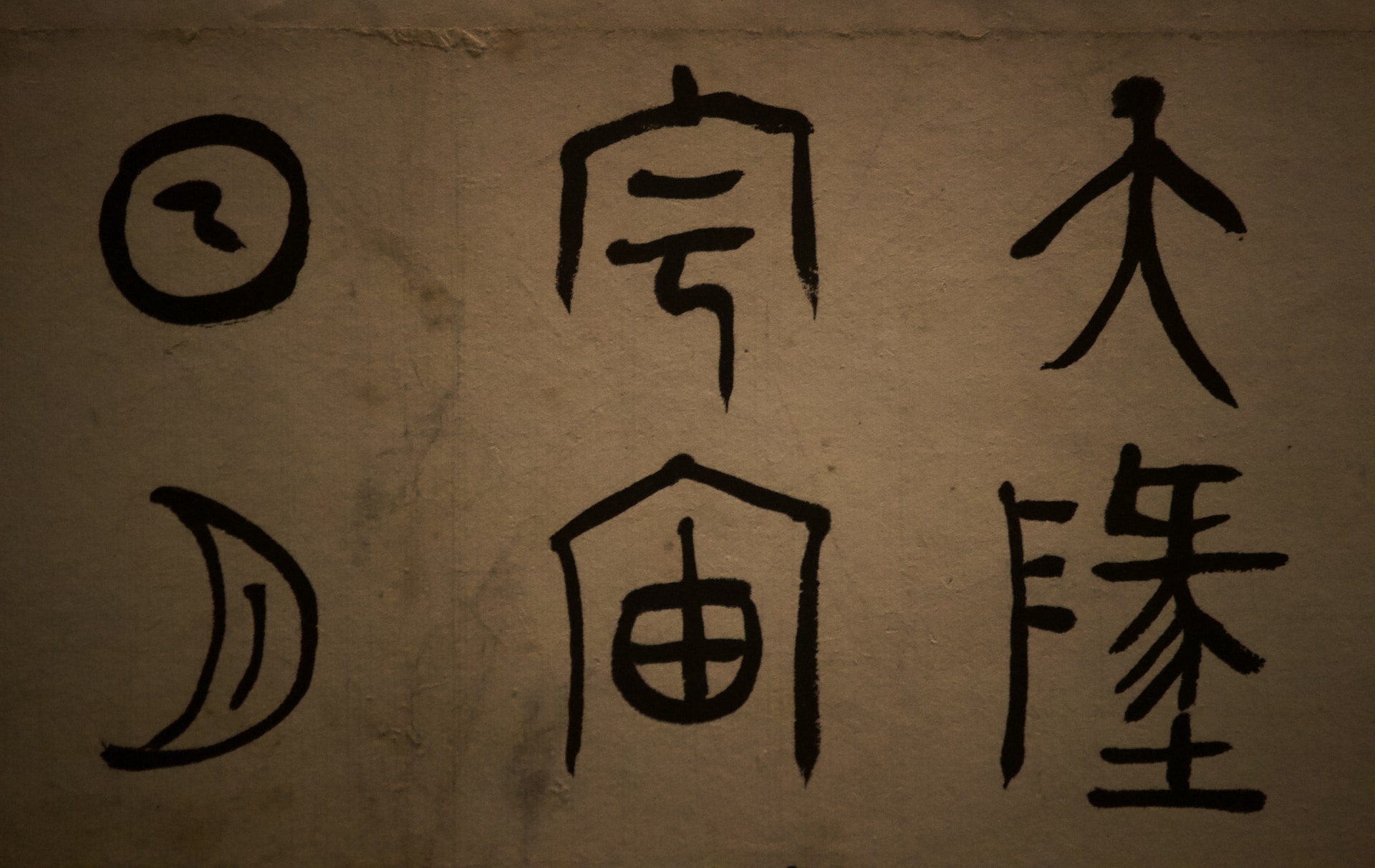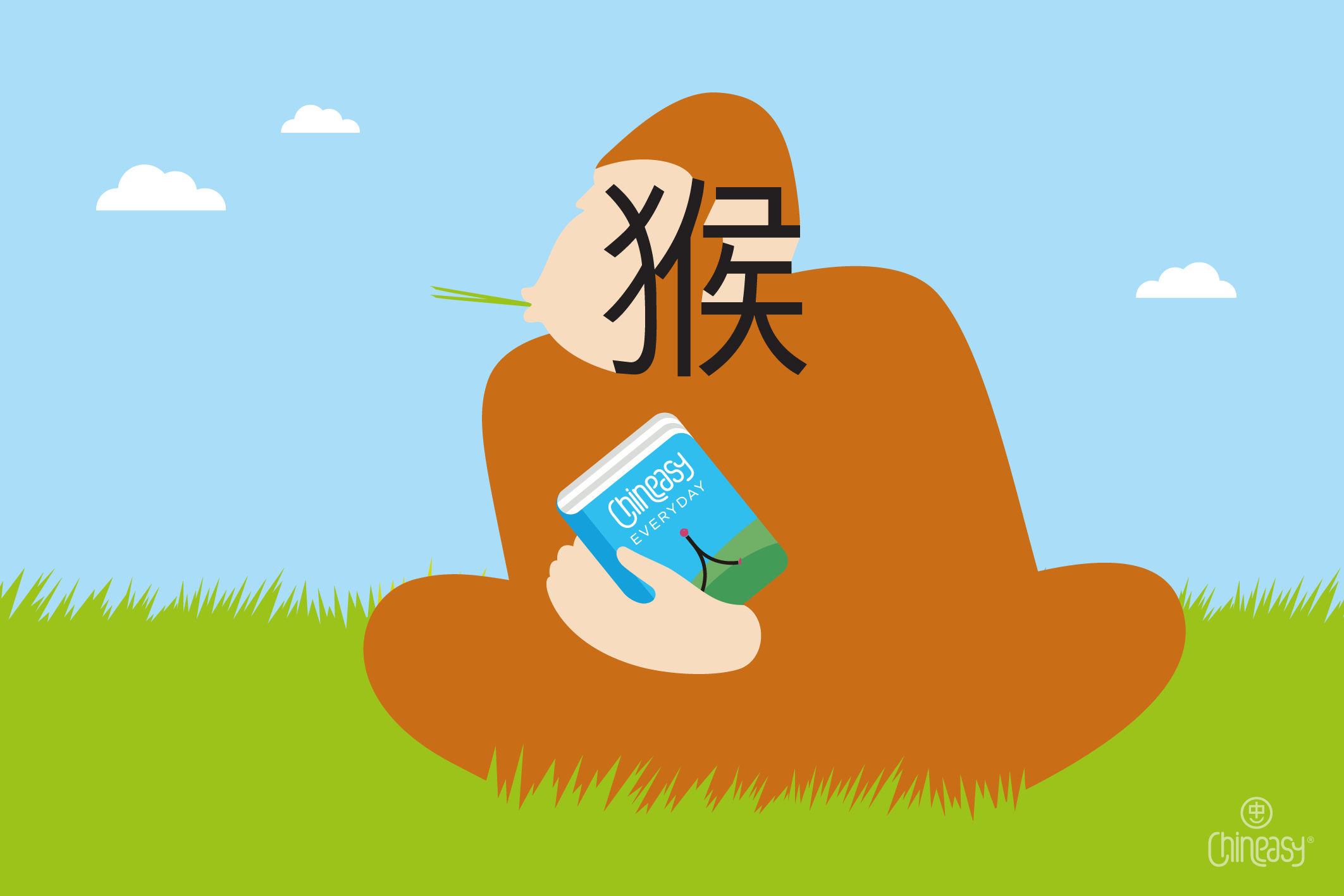你好 (nǐ hǎo), こんにちは (konnichiwa), 안녕하세요 (annyeonghaseyo) – Can you recognize these three greetings? They mean “hello” in three fascinating languages: Chinese, Japanese, and Korean. If you have a passion for languages and dream of mastering these three one day, but aren’t sure where to start, you’ve come to the right place. We’re about to dive into five straightforward comparisons among these intriguing languages, simplifying your decision-making process.
Chinese: The Oldest Language
Among the three, Chinese boasts the longest recorded history. The language’s roots can be traced back to inscriptions on oracle bones (甲骨文) from the late Shang Dynasty (approximately 1250-1046 BC). The standardization of written Chinese occurred in the Qin Dynasty (221-207 BC) with the creation of the “small seal” (小篆) script. This version, known as Old Chinese, is regarded as the earliest form of the Chinese language.
In contrast, the written records of Japanese and Korean emerged much later. The origins of Old Japanese date back to the 8th century AD, with ancient texts like the Kojiki (古事記), or “Record of Ancient Matters,” and the Nihon Shoki (日本書紀), otherwise known as “The Chronicles of Japan,” serving as proof. These historical documents capture Japan’s rich past and present some of the earliest instances of written Japanese. Notably, Old Japanese extensively used Chinese characters, a practice also evident in classical Japanese poetry collections like the Man’yōshū (万葉集), or “Collection of a Myriad Leaves,” compiled during the Nara period (710-794 CE).
On the other hand, Korean’s first unique written system, Hangul, was only introduced in the 15th century during the reign of King Sejong the Great. Before Hangul, Korean was primarily written using Chinese characters, referred to as Hanja.
Written Chinese: a significant influence
As previously mentioned, both Old Japanese and Old Korean incorporated Chinese characters into their early scripts, a testament to the enduring influence of Chinese writing. These characters, known as Hanzi (in traditional Chinese, 漢字; in simplified Chinese, 汉字), retain a pervasive presence in East Asian languages.

Photo by Isaac Chou on Unsplash
Even today, the influence of Hanzi is clearly visible in Kanji, one of the three Japanese writing systems. Japanese Kanji are essentially Chinese characters that have been adapted to fit the Japanese language. While many Kanji have the same meanings as their Hanzi counterparts, others have taken on unique connotations in Japanese.
Similarly, in Korean, Hanja refers to Chinese characters used in the Korean language. Despite the creation of Hangul, a unique Korean script, many Korean words have roots in Chinese and are still occasionally written using Hanja, especially in academic or legal contexts.
Let’s illustrate this with a few examples:
– English: big | Hanzi: 大 | Kanji: 大 | Hanja: 大
– English: small | Hanzi: 小 | Kanji: 小 | Hanja: 小
While these written symbols are identical across all three systems, the pronunciation of each word drastically differs. Whether or not to master these writing systems when learning these languages as a second language largely depends on your specific learning goals and current language proficiency. Nevertheless, it’s undeniable that Chinese writing has had a profound influence in shaping the development of both the Japanese and Korean written languages.
Spoken Chinese: the lone tonal language
For anyone starting out with Chinese, two elements can make it feel like a formidable challenge: mastering Chinese characters and understanding Chinese tones. As a tonal language, Chinese uses variations in pitch to differentiate meanings. In other words, a single syllable, such as “ma,” can have different meanings depending on the tone with which it’s pronounced. Standard spoken Chinese, also known as Mandarin, incorporates four tones, plus a neutral tone. This aspect of the language can feel particularly alien to learners whose native language isn’t tonal, such as English, Spanish, or Russian.
 At this point, you might be wondering: since Japanese and Korean incorporate some Chinese characters in their writing, why aren’t they also tonal languages? The answer lies in their unique alphabets. Japanese script is a blend of hiragana (46 characters), katakana (46 characters), and kanji (2,000+ Chinese characters), making up the three writing systems of the Japanese language.
At this point, you might be wondering: since Japanese and Korean incorporate some Chinese characters in their writing, why aren’t they also tonal languages? The answer lies in their unique alphabets. Japanese script is a blend of hiragana (46 characters), katakana (46 characters), and kanji (2,000+ Chinese characters), making up the three writing systems of the Japanese language.
Meanwhile, the Korean alphabet, Hangul, comprises 24 basic letters. Although Hanja (Chinese characters used in Korean) still exists, it’s not as commonly used in everyday Korean compared to Kanji in Japanese. Hanja is often employed for clarity, appearing next to words written in Hangul that have multiple synonyms.
These alphabet systems alleviate one significant challenge for language learners of Japanese and Korean – they don’t need to deal with learning tones. The alphabets provide not just spellings but also indications of meaning, making these two languages more accessible to new learners.
Japanese vs Korean: a battle of complex grammars
While the tonal complexities of Chinese might be daunting, the language offers simpler grammatical structures compared to Japanese and Korean. To beginners, the grammar challenges among these three languages might seem fairly similar. But as you progress to more advanced levels, the differences become more apparent.
Japanese grammar can be quite intimidating due to its sentence structure, which is often the reverse of English, and the intricate system of politeness levels. The hierarchy of respect in the language is reflected in different forms of speech, and understanding when to use which form can be complex.
Korean, like Japanese, also has its unique grammatical challenges. It also follows a different sentence structure compared to English, often being subject-object-verb, which can be tricky to master. Additionally, Korean grammar employs an array of verb endings to express relationships between the speaker and listener, adding an extra layer of complexity.
Both languages require a good understanding of context and social dynamics, which can make them seem more complicated compared to Chinese. However, the level of difficulty can vary greatly depending on the learner’s native language and their familiarity with similar grammatical structures.
While all three languages have their unique difficulties when it comes to learning their grammar and reach fluency, the challenges posed by Japanese and Korean grammar are more prominent, especially for speakers of Indo-European languages.
Japanese vocabulary: an integral contributor to modern Chinese and Korean
While traditional Chinese characters have profoundly shaped the early written systems of both Japanese and Korean, the influence has not been entirely one-sided. In the realm of modern spoken language, Japanese has had a substantial role in contributing to Chinese and Korean vocabulary.
During the rapid modernization of Japan in the late 19th and early 20th centuries, the country developed a host of new words and phrases to encapsulate Western concepts and innovations. These terms, often crafted using existing Chinese characters in novel combinations, were subsequently integrated into the Chinese and Korean languages. This trend has been particularly pronounced in fields such as sociology, humanities and economics.
Let’s examine a few words that sound quite similar in all three languages:
– English: Cheers! | Japanese: 乾杯 (kanpai) | Chinese: 乾杯/干杯 (gānbēi) | Koren: 건배 (geonbae)
– English: time | Japanese: 時間 (jikan) | Chinese: 時間/时间 (shíjiān) | Koren: 시간 (siga)
– English: popularity | Japanese: 人気 (ninki) | Chinese: 人氣/人气 (rénqì) | Koren: 인기 (inki)
These examples underline the dynamic linguistic interplay among the three languages and showcase the fascinating influences the Japanese language has made on the other two languages.
And there you have it – our quick guide on how Chinese, Japanese, and Korean compare. Although they aren’t in the same language family, they’ve influenced each other a lot. From Chinese shaping early writing, to the unique tones in spoken Chinese, to the complex grammar in Japanese and Korean, and finally, to how Japanese words have become part of modern Chinese and Korean words – these languages are connected in many ways. This knowledge can help you spot similarities when learning one or more of these languages. Remember that with patience and practice, you can master these fascinating languages. Each one will open up a new world of language and culture for you!



